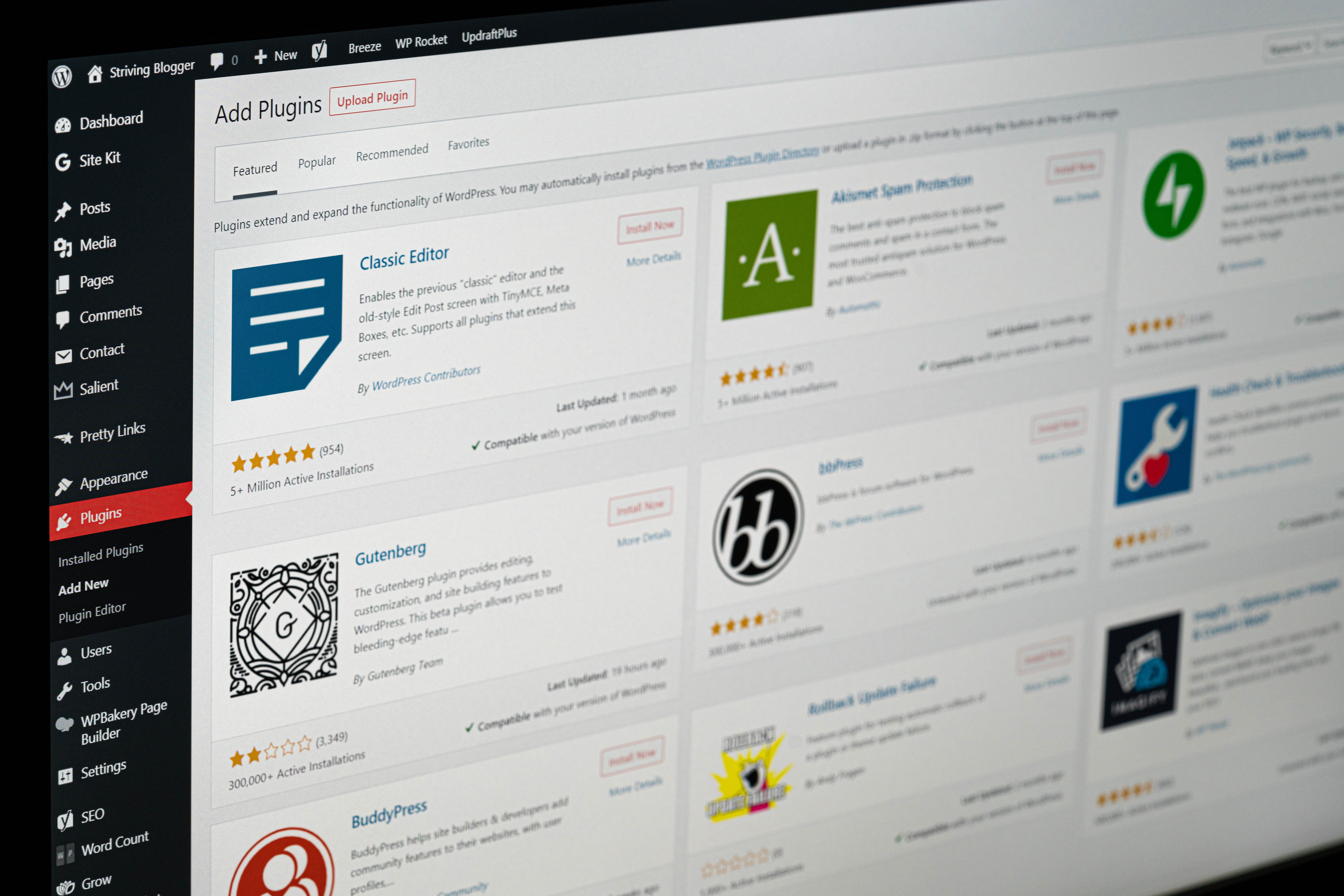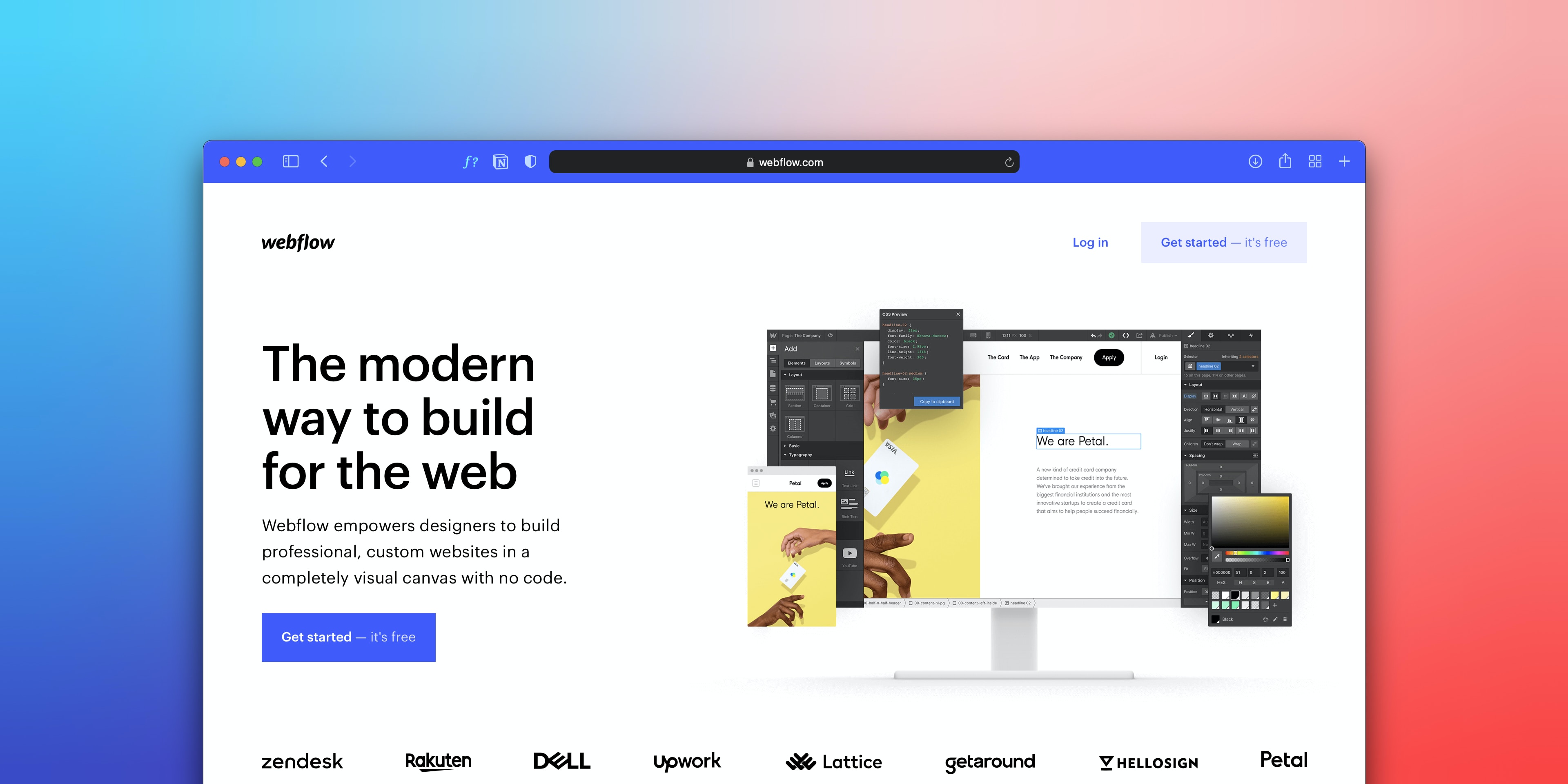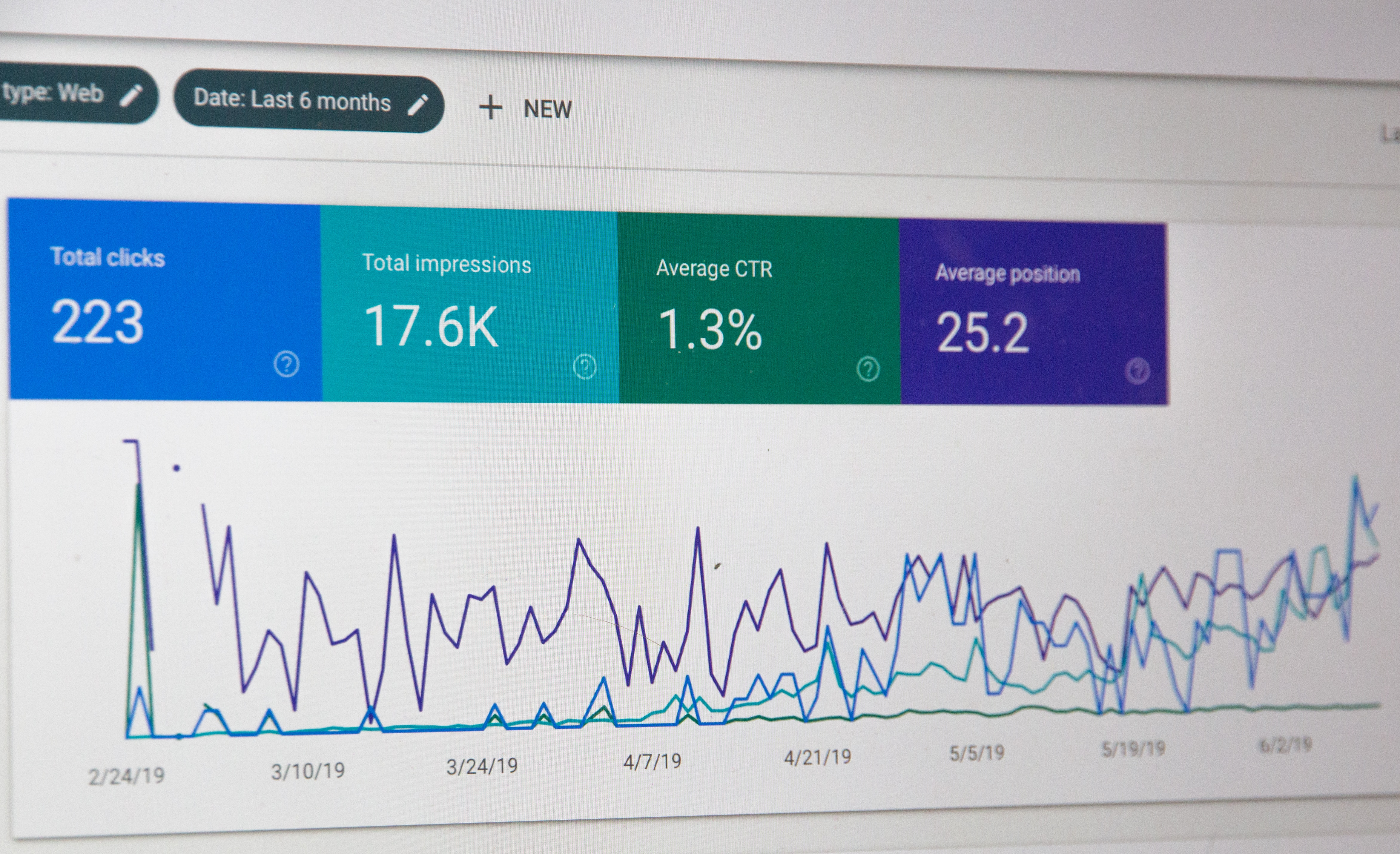WordPress vs Webflow: Which is the better platform for membership sites?

If you're planning to create a professional membership site, choosing the right web development platform is crucial. The decision you make can significantly impact your site's performance, user experience, and ultimately, your success. Two popular contenders in the web development arena are WordPress and Webflow. Each platform has its strengths and unique features, catering to different types of users. In this article, we will conduct a detailed comparison of WordPress and Webflow to help you make an informed choice that aligns with your membership site goals.
Let's dive into this comprehensive comparison of WordPress vs Webflow for membership sites:
1. Overview of WordPress
WordPress, an open-source Content Management System (CMS) established in 2003, has grown into a leading platform for building websites of all kinds. It boasts an extensive user base, offering flexibility and a vast library of plugins and themes.

Key features of WordPress:
- User-friendly interface
- Plugin ecosystem for enhanced functionality
- Customizable themes for unique designs
- SEO-friendly architecture
- Active community support
2. Overview of Webflow
Webflow is a more recent player in the web development field, founded in 2013. It has gained popularity for its visual design interface, allowing users to create responsive websites without coding.

Key features of Webflow:
- Visual drag-and-drop editor
- Fully responsive designs
- Hosting and cms integration
- Built-in SEO tools
- E-commerce capabilities
3. User experience
WordPress offers a user-friendly interface, making it accessible to beginners and experienced developers alike. With its straightforward installation process, users can quickly set up a membership site using various themes and plugins. The platform's admin dashboard is intuitive, allowing easy content management, member registration, and user engagement.
Webflow revolutionizes website development with its visual editor, empowering users to build stunning membership sites without any coding knowledge. The drag-and-drop functionality enables seamless customization, ensuring responsiveness across all devices. Webflow's interface streamlines the process of creating and managing content, granting users complete creative control.
4. Customizability
WordPress's vast collection of themes and plugins offers unparalleled customization options. Users can choose from thousands of free and premium themes, tailoring the appearance of their membership sites to suit their branding. Additionally, plugins provide extended functionalities, from membership management to e-commerce integration.
Webflow shines in customization through its visually-driven design process. Users can create unique, aesthetically pleasing membership sites with ease. The platform offers CSS styling for further fine-tuning, making it ideal for those with specific design preferences.
5. SEO
With a strong focus on SEO, WordPress is inherently optimized for search engines. Its code structure and plugin options help improve website rankings. Users can employ popular SEO plugins like Yoast SEO to enhance site visibility and attract organic traffic.

Webflow offers essential SEO tools, including meta tags, alt text, and 301 redirects. While it covers the basics, it may not match the extensive capabilities of WordPress's SEO plugins.
6. Membership management
WordPress provides numerous membership plugins like MemberPress and LearnDash, enabling seamless member registration, content restriction, and subscription management. Site owners can build tiered access levels and create personalized experiences for members.
Webflow's built-in membership capabilities allow users to create and manage memberships. However, its offerings may not be as comprehensive as the dedicated membership plugins available on WordPress.
7. Performance and speed
WordPress's performance can vary depending on the hosting provider and the number of installed plugins. By employing caching plugins and optimizing images, users can achieve excellent site speed and performance.
Webflow handles hosting and optimizes sites for performance, ensuring impressive loading times. However, the platform's reliance on external servers may affect load times in some cases.
8. E-commerce capabilities
WordPress's e-commerce potential is vast, with plugins like WooCommerce enabling seamless online store integration into membership sites. This versatility allows site owners to monetize their content effectively.

Webflow offers basic e-commerce functionality, allowing users to create simple online stores. However, it may not match the comprehensive features provided by dedicated e-commerce plugins for WordPress.
9. Pricing
WordPress itself is free to use, but users may incur expenses for premium themes, plugins, and hosting services. The costs can vary based on individual needs and preferences.
Webflow offers tiered pricing plans, including a free option with limited features. Users can upgrade to unlock more advanced functionality, but costs may increase as site requirements grow.
10. Community and support
WordPress's extensive community of users and developers ensures a wealth of resources, support forums, and documentation. Troubleshooting and finding solutions is relatively straightforward.
Webflow's community is rapidly growing, and while it may not match WordPress's scale, the platform provides valuable resources and responsive support.
11. Security
WordPress's popularity makes it a target for potential security threats. However, employing security plugins and following best practices can safeguard membership sites effectively.

Webflow handles security measures on its hosting servers, reducing the burden on users. While this adds a layer of protection, external factors can still pose risks.
12. Migration and flexibility
WordPress allows easy site migration between hosting providers and grants users complete control over their website's files and data.
Webflow also permits site migration, but some limitations may apply when moving to other platforms.
13. Learning curve
WordPress's user-friendly interface contributes to a relatively gentle learning curve, especially for users with basic technical knowledge.
Webflow's visual design approach simplifies the learning process, making it accessible to beginners, although understanding certain design principles may still require time.
WordPress vs Webflow FAQs (Frequently Asked Questions)
- Can I build a membership site with WordPress without coding knowledge?
- Yes, WordPress offers numerous plugins and themes that allow you to create a membership site without coding expertise.
- Does Webflow support e-commerce functionalities?
- Yes, Webflow has basic e-commerce capabilities that allow users to create simple online stores.
- Which platform is better suited for visually stunning designs?
- Webflow's visual editor makes it an excellent choice for users who prioritize unique and aesthetically pleasing designs.
- Is Webflow more expensive than WordPress?
- Webflow offers tiered pricing plans, including a free option, while WordPress itself is free. The total cost may vary depending on your specific needs.
- Can I migrate my WordPress site to Webflow?
- While both platforms support site migration, some limitations may apply when moving from WordPress to Webflow.
- Is WordPress or Webflow more SEO-friendly?
- WordPress's extensive plugin ecosystem provides robust SEO capabilities, but Webflow offers basic built-in SEO tools.
Conclusion: WordPress vs Webflow
Choosing between WordPress and Webflow for your professional membership site depends on your unique needs, preferences, and technical expertise. WordPress caters to a broad user base, providing unparalleled customizability and plugin support. On the other hand, Webflow's visual editor empowers users with a design-driven approach, making it an excellent option for those who prioritize stunning visuals and simplicity. Regardless of your choice, both platforms offer powerful tools to create successful and thriving membership sites.
In summary, WordPress is a versatile option with extensive capabilities, while Webflow offers a user-friendly visual design interface. We recommend carefully evaluating your site's requirements and desired features before making the final decision.
Whhether you choose WordPress or Webflow, we wish you a happy website-building experience!
Subscribe for updates
Stay up to date on Memberful's latest product updates, insights, and teaching centered around growing your community.
Have an audience?
Customers like Mythical (28+ million subscribers) rely on Memberful to power their membership communities.
Get started for free